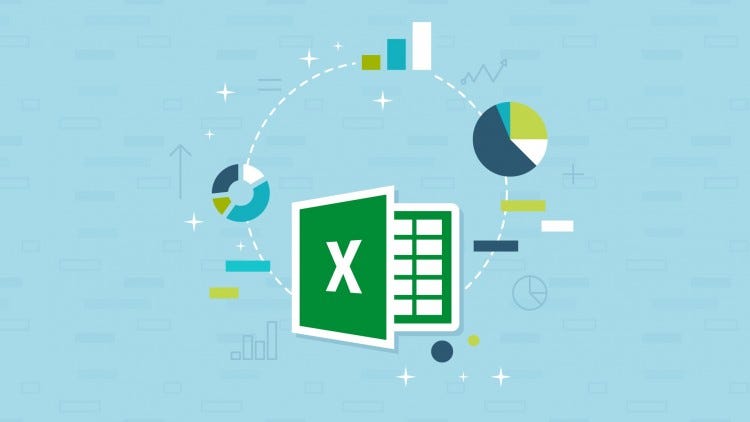Which Programming Language Is Best For Data Analysis?
Remember when “I’m not really a numbers person” used to be a viable excuse to not make sense of them? Yeah, us neither. We’re surrounded by so much data that processing and interpreting it (or should be) a central part of most jobs. After all, we’re using computers as thin as a piece of glass. Technology and computing power are more powerful and available than ever, and we’re completing more and more digital actions than ever before, too.
For numbers nerds, it’s a heyday: analytics-driven decision-making is what powers most businesses these days (and for the most part, they’re the solid ones). A 2015 report from IBM stated that there were 2.35 million openings for data analytics jobs, projecting that by 2020, there will be as many as 2.72 million. That’s a whole lotta job, friends — in a lucrative, specialized (read: indispensable) role for most companies.
You might already be in a position where you crunch numbers or use Excel or Google Sheets to do the dirty work. Pshh, you say? Okay, fine: maybe you’re more familiar with statistical software like SAS, Stata or SPSS.
Sure, Excel and Google Sheets are great for what they do, but Excel can only handle datasets of a certain size, and doesn’t let you repurpose the wheel. In short, you can’t leverage your previously conducted analyses on new datasets — and who wants to redo work you’ve already done? Programs like SAS are robust, but developed for niche reasons. That means the scope of application is limited, and as a result, they don’t have large communities of users contributing new tools and innovations to the platform.
If you’re ready to beef up your data analysis skills and learn the best tech available, then you’re at a fork in the road: time to make the hard choice between R or Python. They’re both the two most popular programming languages utilized by data analysts and data scientists, and they’re both free and open source, meaning there’s a massive amount of dynamic change that happens around both. That’s a good thing. It means that they stay relevant, which makes sense — both were developed in the early 1990’s and are still hugely popular. If you’re invested in learning about machine learning, working with large datasets or creating complex data visualizations — i.e., being in the field of data analysis — you pretty much need these two languages in your toolkit.
While some say that Python is better for data manipulation and repeated tasks, R might be better for ad-hoc analysis and exploring datasets. It could be helpful to get specific with what sort of operations you want to specialize in regards to data analysis and work from there.
Python works excellently for more routine, predictable processes such as elections. It’s easier to pull the data you need to analyze, run repeated automated analyses and produce powerful visualizations. But with R, you can work on one-off, statistics-heavy projects and singular deep dives into a dataset — like working with an experiment or analyzing something like language and speech patterns.
While both take up a (worthwhile) time investment to learn, R has a pretty steep learning curve — while Python, one of the most popular languages in the world is hands down easier to pick up. And since Python has multiple applications — for example, for use in building websites and apps — it’s good for people interested in general purpose programming too.









Comments
Post a Comment